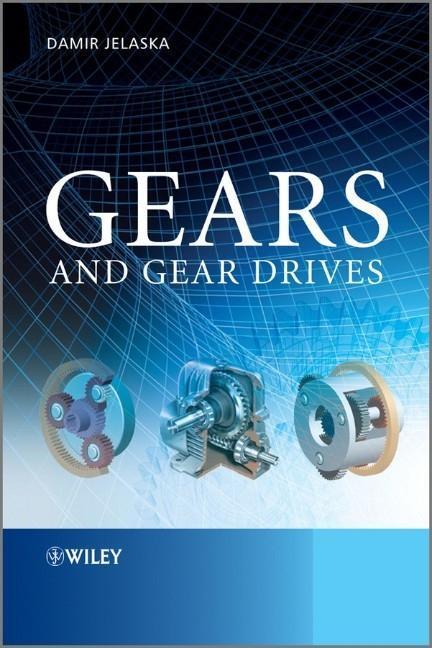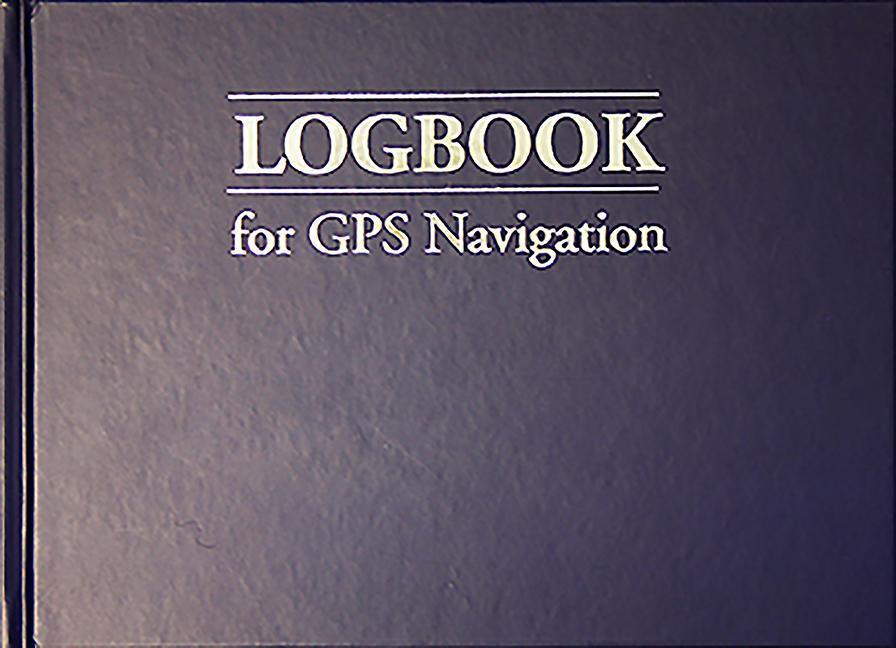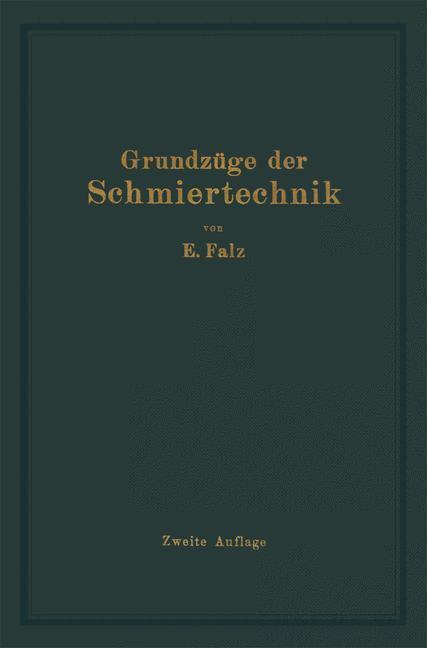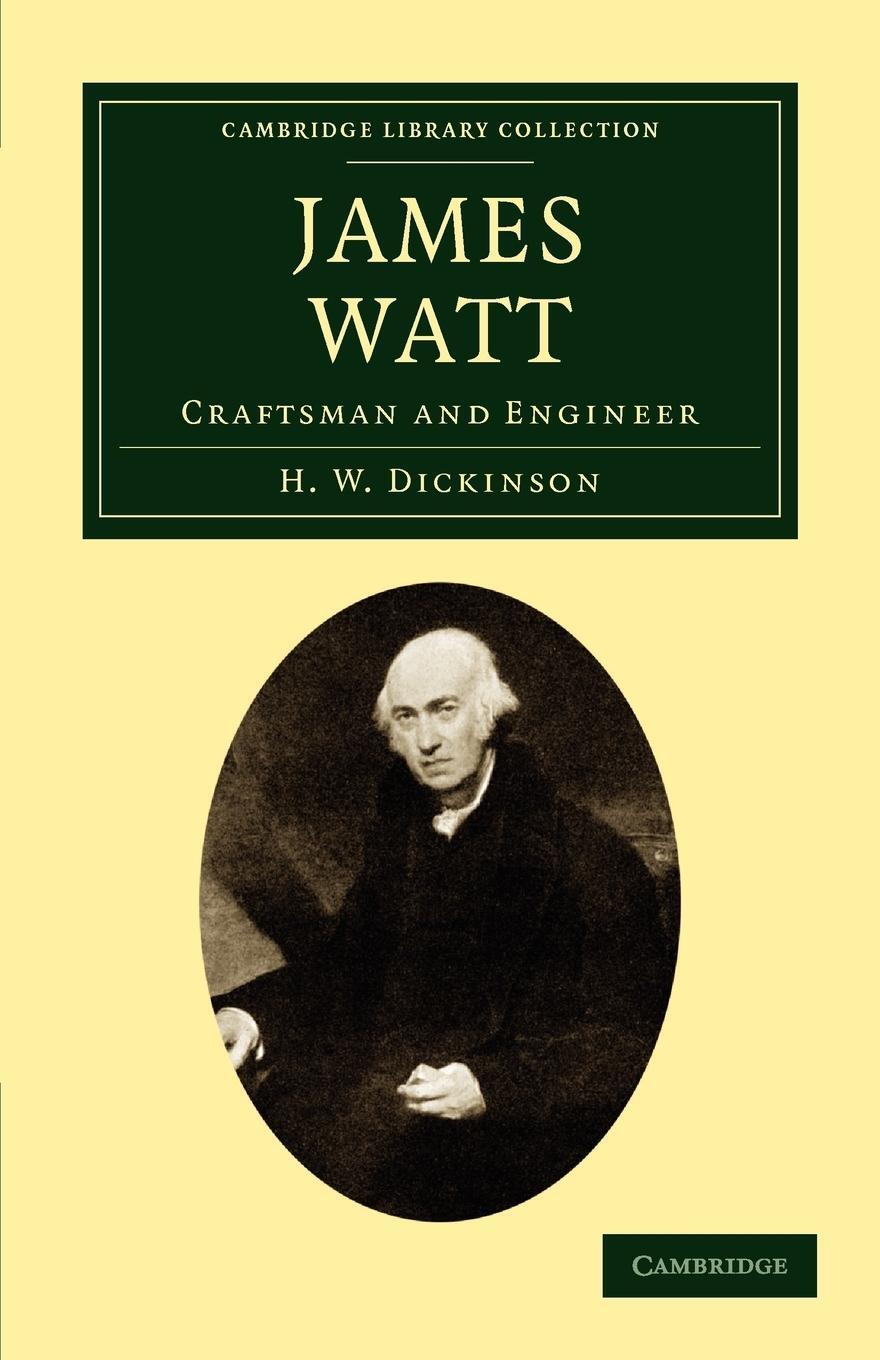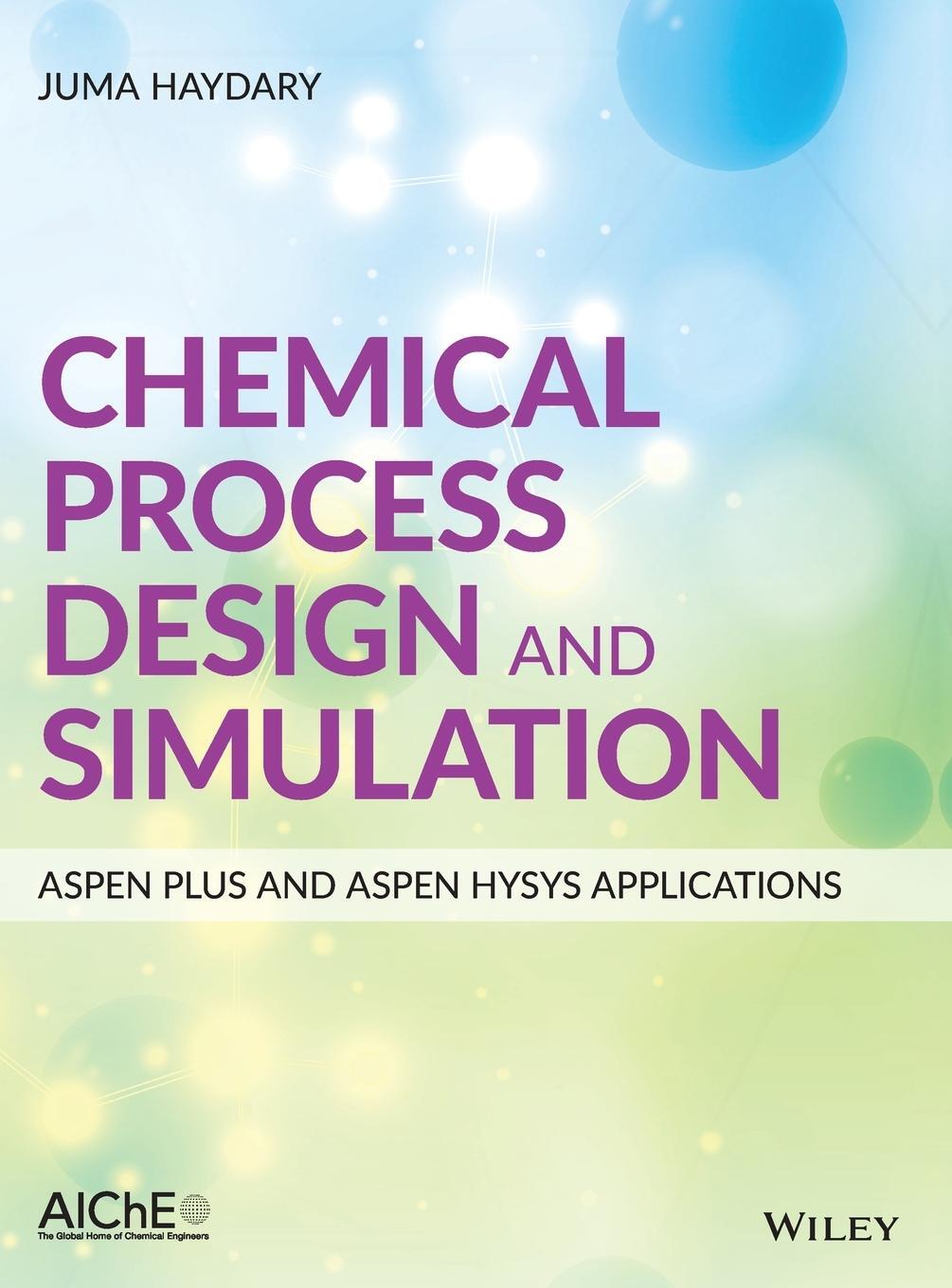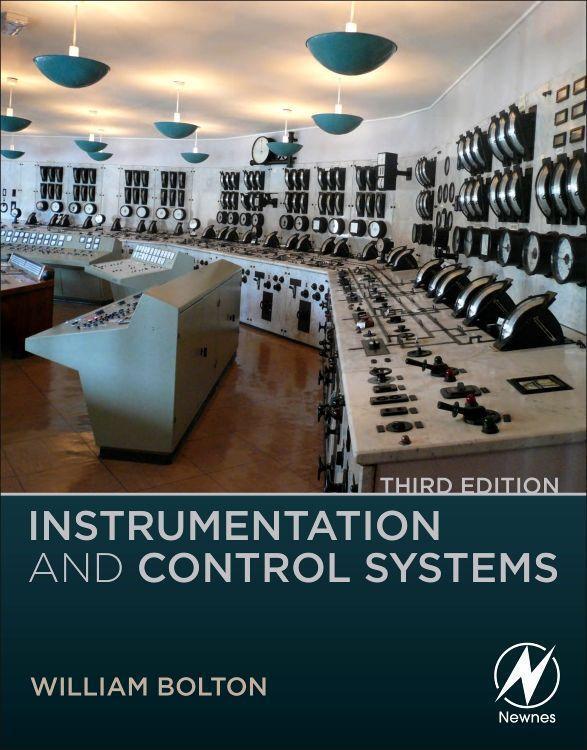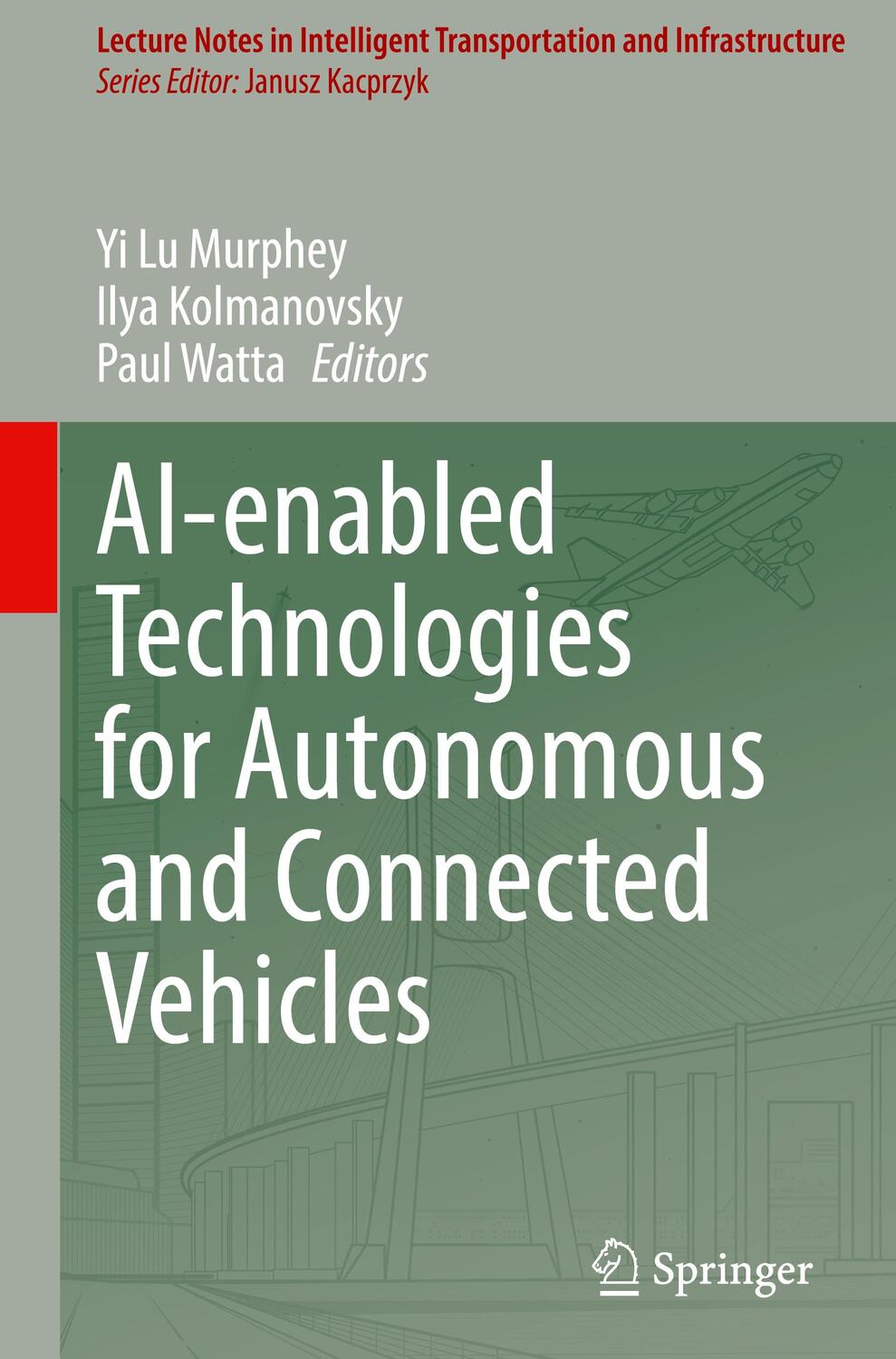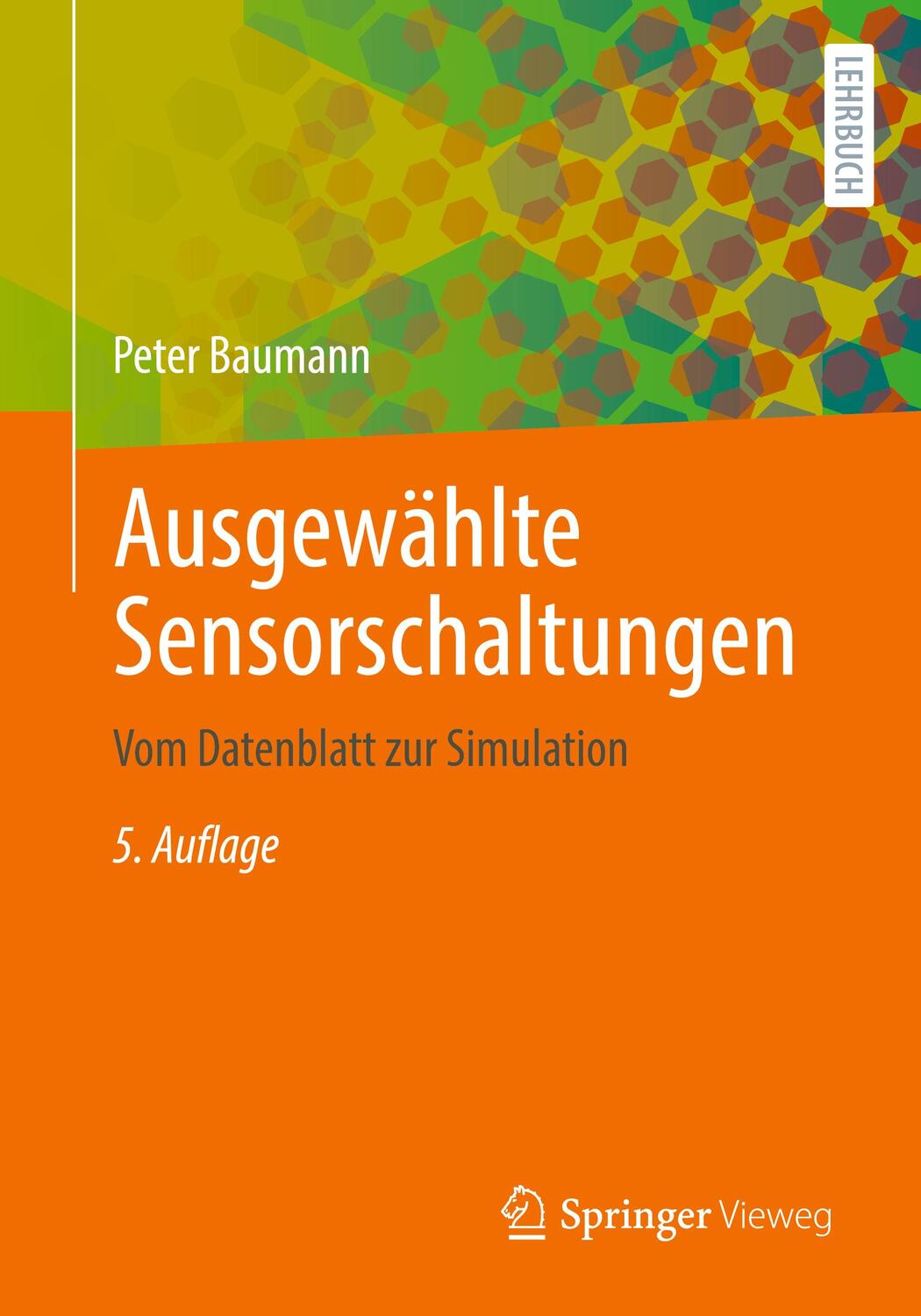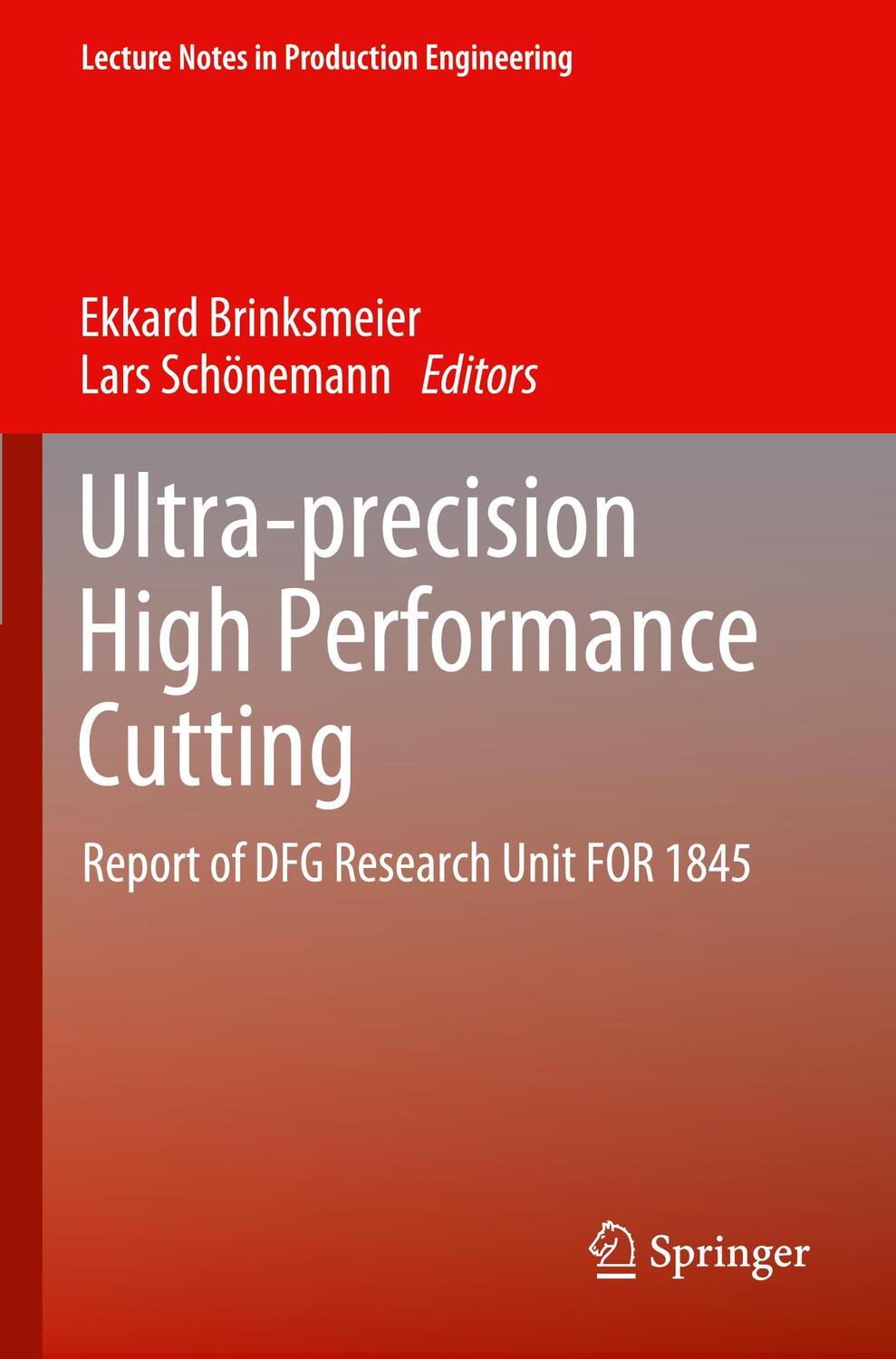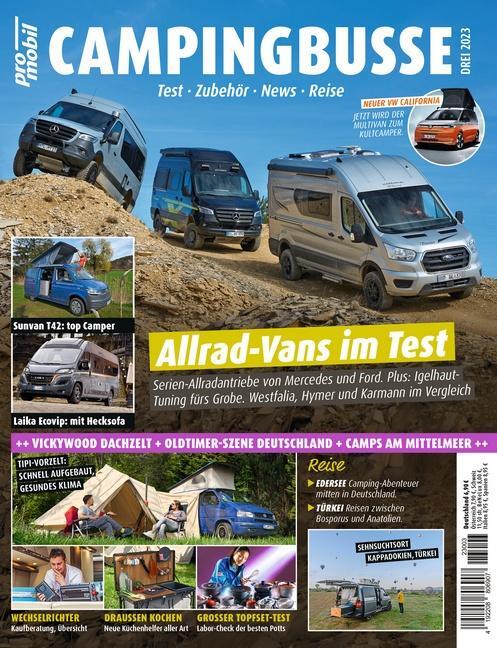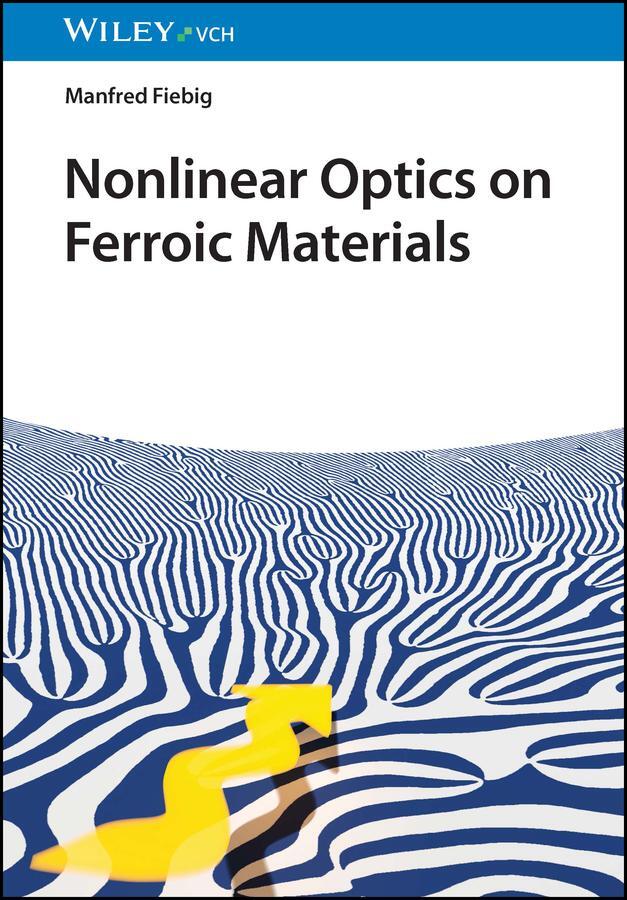169,50 €*
Versandkostenfrei per Post / DHL
Aktuell nicht verfügbar
Gears and Gear Drives provides the reader with comprehensive coverage of gears and gear drives. Spur, helical, bevel, worm and planetary gears are all covered, with consideration given to their classification, geometry, kinematics, accuracy control, load capacity and manufacturing. Cylindrical gear geometry is the basis for dealing with any gear drives, so this is covered in detail.
Key features:
* Contains hundreds of 2D and 3D figures to illustrate all types of gears and gear drives, including planetary and worm gears
* Includes fundamental derivations and explanations of formulae
* Enables the reader to know how to carry out accuracy control and load capacity checks for any gear drive
* Includes directions for the practical design of gears and gear drives
* Covers DIN and ISO standards in the area
Gears and Gear Drives is a comprehensive reference for gears and gear drive professionals and graduate students in mechanical engineering departments and covers everything important to know how to design, control and manufacture gear drives.
Gears and Gear Drives provides the reader with comprehensive coverage of gears and gear drives. Spur, helical, bevel, worm and planetary gears are all covered, with consideration given to their classification, geometry, kinematics, accuracy control, load capacity and manufacturing. Cylindrical gear geometry is the basis for dealing with any gear drives, so this is covered in detail.
Key features:
* Contains hundreds of 2D and 3D figures to illustrate all types of gears and gear drives, including planetary and worm gears
* Includes fundamental derivations and explanations of formulae
* Enables the reader to know how to carry out accuracy control and load capacity checks for any gear drive
* Includes directions for the practical design of gears and gear drives
* Covers DIN and ISO standards in the area
Gears and Gear Drives is a comprehensive reference for gears and gear drive professionals and graduate students in mechanical engineering departments and covers everything important to know how to design, control and manufacture gear drives.
Damir Jelaska, University of Split, Croatia
Damir Jelaska is currently a professor in the Faculty of Electrical Engineering, Mechanical Engineering and Naval Architecture at University of Split, Croatia. His research interests are in Operational Strength, Mechanical Engineering Design, Integrity of Structures and Components, Fracture Mechanics, and the Reliability and Integrity of Gears. He has written over 50 published journal papers.
Acknowledgments xvii
1 Introduction 1
1.1 Power Transmissions and Mechanical Drives 1
1.2 Classification of Mechanical Drives 3
1.3 Choosing a Mechanical Drive 7
1.4 Multi-Step Drives 9
1.5 Features and Classification of Gear Drives 12
1.5.1 Features of Gear Drives 12
1.5.2 Classification of Gear Drives 12
1.6 List of Symbols 16
1.6.1 Subscripts to Symbols 16
2 Geometry of Cylindrical Gears 17
2.1 Fundamentals of the Theory of Toothing 17
2.1.1 Centrodes, Roulettes and Axodes 17
2.1.2 Envelopes, Evolutes and Involutes 18
2.1.3 Cycloid and Involute of a Circle 18
2.1.4 Main Rule of Toothing 21
2.2 Geometry of Pairs of Spur Gears 29
2.2.1 Cycloid Toothing 29
2.2.2 Involute Toothing 30
2.3 Involute Teeth and Involute Gears 33
2.4 Basic Tooth Rack 35
2.5 Fundamentals of Cylindrical Gears Manufacture 38
2.5.1 Generating Methods 38
2.5.2 Forming Methods 43
2.5.3 Gear Finishing 45
2.5.4 Basic Rack-Type and Pinion-Type Cutters 48
2.6 Cutting Process and Geometry of Gears Cut with Rack-Type Cutter 49
2.6.1 Profile Shift 49
2.6.2 Meshing of Rack Cutter with Work Piece, Basic Dimensions of Gear 50
2.6.3 Tooth Thickness at Arbitrary Circle 51
2.6.4 Tip Circle Diameter 52
2.6.5 Profile Boundary Point; Tooth Root Undercutting 53
2.6.6 Effect of Profile Shift on Tooth Geometry 55
2.6.7 Gear Control Measures 56
2.7 Parameters of a Gear Pair 62
2.7.1 Working Pressure Angle of a Gear Pair 62
2.7.2 Centre Distance 63
2.7.3 Gear Pairs With and Without Profile Shift 64
2.7.4 Contact Ratio 66
2.7.5 Distinctive Points of Tooth Profile 70
2.7.6 Kinematic Parameters of Toothing 71
2.8 Basic Parameters of Gears Generated by the Fellows Method 74
2.8.1 Pinion-Type Cutter 74
2.8.2 Dimensions of Gears Cut by Pinion-Type Cutter 75
2.8.3 Undercutting the Tooth Root 76
2.8.4 Geometry of Internal Gear Toothing 77
2.9 Interferences in Generating Processes and Involute Gear Meshing 78
2.9.1 Interferences in Tooth Cutting 78
2.9.2 Interferences in Meshing the Gear Pair Teeth 83
2.10 Choosing Profile Shift Coefficients 84
2.10.1 Choosing Profile Shift Coefficients by Means of Block-Contour Diagrams 85
2.10.2 Choosing Profile Shift Coefficients by Means of Lines of Gear Pairs 88
2.11 Helical Gears 91
2.11.1 Basic Considerations 91
2.11.2 Helical Gear Dimensions and Parameters of a Gear Pair 97
2.11.3 Control Measures 100
2.11.4 Helical Gear Overlaps 102
2.12 Tooth Flank Modifications 106
2.12.1 Transverse Profile Modifications 107
2.12.2 Flank Line Modifications 117
2.12.3 Flank Twist 119
2.13 Geometry of Fillet Curve 119
2.13.1 Fillet Curve Equation 120
2.13.2 Fillet Curve Radius of Curvature 124
2.13.3 Geometry of Undercut Teeth 125
2.14 Tolerances of Pairs of Cylindrical Gears 127
2.14.1 Control and Tolerances of Gear Body 128
2.14.2 Control and Tolerances of Teeth 128
2.14.3 Control of Gear Pair Measuring Values 145
2.15 Gear Detail Drawing 151
2.16 List of Symbols 153
2.16.1 Subscripts to symbols 154
2.16.2 Combined Symbols 155
3 Integrity of Gears 157
3.1 Gear Loadings 157
3.1.1 Forces Acting on the Gear Tooth 157
3.1.2 Incremental Gear Loadings 159
3.2 Causes of Gear Damage 164
3.2.1 Gear Breakages 164
3.2.2 Active Tooth Flank Damage 166
3.3 Pitting Load Capacity 170
3.3.1 Contact Stresses 170
3.3.2 Allowable Contact Stresses 181
3.3.3 Dimensioning for Contact Stress 189
3.3.4 List of Symbols for Sections 3.1, 3.2 and 3.3 190
3.4 Tooth Root Load Capacity 193
3.4.1 Tooth Root Stress 193
3.4.2 Tooth Root Permitted Stress 200
3.4.3 Dimensioning for Tooth Root Stress 207
3.5 Gear Load Capacity at Variable Loading 208
3.6 List of Symbols for Sections 3.4 and 3.5 210
3.6.1 Subscripts to Symbols 211
3.6.2 Combined Symbols 212
3.7 Scuffing Load Capacity 213
3.7.1 Safety Factor Against Scuffing for Flash Temperature Method 213
3.7.2 Force Distribution Factor XG 217
3.7.3 Safety Factor Against Scuffing for Integral Temperature Method 225
3.8 Micro-Pitting Load Capacity 229
3.8.1 Elastohydrodynamic Lubricant Film Thickness 229
3.8.2 Safety Factor Against Micro-pitting 232
3.9 List of Symbols for Sections 3.6 and 3.7 236
3.9.1 Subscripts to Symbols 237
3.9.2 Combined Symbols 238
4 Elements of Cylindrical Gear Drive Design 241
4.1 Design Process 241
4.1.1 Design Procedure for a Gear Pair 241
4.1.2 Distribution of Gear Train Transmission Ratio 243
4.1.3 Gear Materials and Heat Treatment 244
4.1.4 Gear Drive Design 249
4.1.5 Design of Gears 258
4.2 Gear Drive Lubrication 262
4.2.1 Selection of Lubricant 262
4.2.2 Ways of Gear Lubrication 263
4.3 Power Losses and Temperature of Lubricant 266
4.3.1 Power Losses in Mesh 266
4.3.2 Power Losses in Bearings 268
4.3.3 Power Losses in Seals 270
4.3.4 Power Efficiency of Gear Drive 270
4.3.5 Temperature of Lubricant 271
4.4 List of Symbols 275
4.4.1 Subscripts to Symbols 276
4.4.2 Combined Symbols 276
5 Bevel Gears 279
5.1 Geometry and Manufacture of Bevel Gears 279
5.1.1 Theory of Bevel Gear Genesis 279
5.1.2 Types and Features of Bevel Gears 280
5.1.3 Application of Bevel Gears 283
5.1.4 Geometry of Bevel Gears 284
5.1.5 Geometry of Helical and Spiral Bevels 293
5.1.6 Manufacturing Methods for Bevel Gears 294
5.2 Load Capacity of Bevels 306
5.2.1 Forces in Mesh 306
5.2.2 Pitting Load Capacity 307
5.2.3 Tooth Root Load Capacity 310
5.3 Elements of Bevel Design 311
5.4 Control and Tolerances of Bevel Gears 316
5.4.1 Pitch Control 316
5.4.2 Radial Runout Control of Toothing 318
5.4.3 Tangential Composite Deviation 319
5.4.4 Tooth Thickness Control 319
5.4.5 Bevel Gear Drawing 321
5.5 Crossed Gear Drives 321
5.5.1 Basic Geometry 323
5.5.2 Speed of Sliding 324
5.5.3 Loads and Load Capacity 325
5.6 List of Symbols 327
5.6.1 Subscripts to Symbols 328
5.6.2 Combined Symbols 328
6 Planetary Gear Trains 331
6.1 Introduction 331
6.1.1 Fundamentals of Planetary Gear Trains 331
6.1.2 Rotational Speeds and Transmission Ratio 334
6.1.3 Features of Planetary Gear Trains 341
6.1.4 Mating Conditions 342
6.1.5 Diagrams of Peripheral and Rotational Speeds 344
6.1.6 Wolf Symbolic 347
6.1.7 Forces, Torques and Power of Planetary Gear Trains 347
6.2 Special Layouts of Simple Planetary Gear Trains 356
6.2.1 Bevel Differential Trains 356
6.2.2 Planetary Gear Trains with Single Gear Pair 358
6.2.3 Harmonic Drive 359
6.2.4 Differential Planetary Gear Trains 361
6.2.5 Planetary Gear Train of a Wankel Engine 362
6.3 Composed Planetary Gear Trains 364
6.3.1 Compound Planetary Gear Trains 364
6.3.2 Parallel Composed Planetary Gear Trains 364
6.3.3 Coupled Planetary Gear Trains 364
6.3.4 Closed Planetary Gear Trains 366
6.3.5 Reduced Coupled Planetary Gear Trains 368
6.3.6 Reverse Reducers 373
6.3.7 Planetary Gear Boxes 374
6.4 Elements of Planetary Gear Train Design 377
6.4.1 Issues of Planetary Gear Train Design 377
6.4.2 Calculations for Central Gears and Planets 382
6.5 List of Symbols 384
6.5.1 Subscripts to Symbols 385
6.5.2 Combined Symbols 386
7 Worm Gear Drives 387
7.1 Concept, Features, Classification 387
7.2 Geometry and Working of Worm Gear Pair 389
7.2.1 Geometry and Working of Worm 389
7.2.2 Geometry and Working of Wormwheels 392
7.2.3 Calculation Values of Worm Gear Pair 399
7.3 Control Measures and Tolerances of Worm Gear Pair 400
7.3.1 Control of Worm Measuring Values 401
7.3.2 Control of Wormwheel Measuring Values 402
7.3.3 Measuring Values Control of Worm Gear Pair 403
7.4 Forces, Power Losses and Efficiency of Worm Gear Drives 404
7.4.1 Forces Acting on Worm Gear Pair 404
7.4.2 Power Losses and Efficiency of Worm Gear Pair 406
7.5 Load Capacity of Worm Gear Pair 409
7.5.1 Wear Load Capacity 409
7.5.2 Pitting Load Capacity 414
7.5.3 Heating Load Capacity 415
7.5.4 Wormwheel Bulk Temperature 417
7.5.5 Wormwheel Tooth Root Load Capacity 418
7.5.6 Load Capacity for Worm Shaft Deflection 420
7.6 Elements of Worm Gear Drive Design 421
7.6.1 Design Procedure 421
7.6.2 Design Details of Worm Gear Drive 424
7.7 List of Symbols 427
7.7.1 Subscripts to Symbols 428
7.7.2 Combined Symbols 429
Further Reading 433
Index 437
| Erscheinungsjahr: | 2012 |
|---|---|
| Fachbereich: | Fertigungstechnik |
| Genre: | Technik |
| Rubrik: | Naturwissenschaften & Technik |
| Medium: | Buch |
| Seiten: | 464 |
| Inhalt: | 462 S. |
| ISBN-13: | 9781119941309 |
| ISBN-10: | 111994130X |
| Sprache: | Englisch |
| Einband: | Gebunden |
| Autor: | Jelaska, Damir T |
| Hersteller: |
Wiley
John Wiley & Sons |
| Maße: | 244 x 170 x 25 mm |
| Von/Mit: | Damir T Jelaska |
| Erscheinungsdatum: | 28.09.2012 |
| Gewicht: | 0,943 kg |
Damir Jelaska, University of Split, Croatia
Damir Jelaska is currently a professor in the Faculty of Electrical Engineering, Mechanical Engineering and Naval Architecture at University of Split, Croatia. His research interests are in Operational Strength, Mechanical Engineering Design, Integrity of Structures and Components, Fracture Mechanics, and the Reliability and Integrity of Gears. He has written over 50 published journal papers.
Acknowledgments xvii
1 Introduction 1
1.1 Power Transmissions and Mechanical Drives 1
1.2 Classification of Mechanical Drives 3
1.3 Choosing a Mechanical Drive 7
1.4 Multi-Step Drives 9
1.5 Features and Classification of Gear Drives 12
1.5.1 Features of Gear Drives 12
1.5.2 Classification of Gear Drives 12
1.6 List of Symbols 16
1.6.1 Subscripts to Symbols 16
2 Geometry of Cylindrical Gears 17
2.1 Fundamentals of the Theory of Toothing 17
2.1.1 Centrodes, Roulettes and Axodes 17
2.1.2 Envelopes, Evolutes and Involutes 18
2.1.3 Cycloid and Involute of a Circle 18
2.1.4 Main Rule of Toothing 21
2.2 Geometry of Pairs of Spur Gears 29
2.2.1 Cycloid Toothing 29
2.2.2 Involute Toothing 30
2.3 Involute Teeth and Involute Gears 33
2.4 Basic Tooth Rack 35
2.5 Fundamentals of Cylindrical Gears Manufacture 38
2.5.1 Generating Methods 38
2.5.2 Forming Methods 43
2.5.3 Gear Finishing 45
2.5.4 Basic Rack-Type and Pinion-Type Cutters 48
2.6 Cutting Process and Geometry of Gears Cut with Rack-Type Cutter 49
2.6.1 Profile Shift 49
2.6.2 Meshing of Rack Cutter with Work Piece, Basic Dimensions of Gear 50
2.6.3 Tooth Thickness at Arbitrary Circle 51
2.6.4 Tip Circle Diameter 52
2.6.5 Profile Boundary Point; Tooth Root Undercutting 53
2.6.6 Effect of Profile Shift on Tooth Geometry 55
2.6.7 Gear Control Measures 56
2.7 Parameters of a Gear Pair 62
2.7.1 Working Pressure Angle of a Gear Pair 62
2.7.2 Centre Distance 63
2.7.3 Gear Pairs With and Without Profile Shift 64
2.7.4 Contact Ratio 66
2.7.5 Distinctive Points of Tooth Profile 70
2.7.6 Kinematic Parameters of Toothing 71
2.8 Basic Parameters of Gears Generated by the Fellows Method 74
2.8.1 Pinion-Type Cutter 74
2.8.2 Dimensions of Gears Cut by Pinion-Type Cutter 75
2.8.3 Undercutting the Tooth Root 76
2.8.4 Geometry of Internal Gear Toothing 77
2.9 Interferences in Generating Processes and Involute Gear Meshing 78
2.9.1 Interferences in Tooth Cutting 78
2.9.2 Interferences in Meshing the Gear Pair Teeth 83
2.10 Choosing Profile Shift Coefficients 84
2.10.1 Choosing Profile Shift Coefficients by Means of Block-Contour Diagrams 85
2.10.2 Choosing Profile Shift Coefficients by Means of Lines of Gear Pairs 88
2.11 Helical Gears 91
2.11.1 Basic Considerations 91
2.11.2 Helical Gear Dimensions and Parameters of a Gear Pair 97
2.11.3 Control Measures 100
2.11.4 Helical Gear Overlaps 102
2.12 Tooth Flank Modifications 106
2.12.1 Transverse Profile Modifications 107
2.12.2 Flank Line Modifications 117
2.12.3 Flank Twist 119
2.13 Geometry of Fillet Curve 119
2.13.1 Fillet Curve Equation 120
2.13.2 Fillet Curve Radius of Curvature 124
2.13.3 Geometry of Undercut Teeth 125
2.14 Tolerances of Pairs of Cylindrical Gears 127
2.14.1 Control and Tolerances of Gear Body 128
2.14.2 Control and Tolerances of Teeth 128
2.14.3 Control of Gear Pair Measuring Values 145
2.15 Gear Detail Drawing 151
2.16 List of Symbols 153
2.16.1 Subscripts to symbols 154
2.16.2 Combined Symbols 155
3 Integrity of Gears 157
3.1 Gear Loadings 157
3.1.1 Forces Acting on the Gear Tooth 157
3.1.2 Incremental Gear Loadings 159
3.2 Causes of Gear Damage 164
3.2.1 Gear Breakages 164
3.2.2 Active Tooth Flank Damage 166
3.3 Pitting Load Capacity 170
3.3.1 Contact Stresses 170
3.3.2 Allowable Contact Stresses 181
3.3.3 Dimensioning for Contact Stress 189
3.3.4 List of Symbols for Sections 3.1, 3.2 and 3.3 190
3.4 Tooth Root Load Capacity 193
3.4.1 Tooth Root Stress 193
3.4.2 Tooth Root Permitted Stress 200
3.4.3 Dimensioning for Tooth Root Stress 207
3.5 Gear Load Capacity at Variable Loading 208
3.6 List of Symbols for Sections 3.4 and 3.5 210
3.6.1 Subscripts to Symbols 211
3.6.2 Combined Symbols 212
3.7 Scuffing Load Capacity 213
3.7.1 Safety Factor Against Scuffing for Flash Temperature Method 213
3.7.2 Force Distribution Factor XG 217
3.7.3 Safety Factor Against Scuffing for Integral Temperature Method 225
3.8 Micro-Pitting Load Capacity 229
3.8.1 Elastohydrodynamic Lubricant Film Thickness 229
3.8.2 Safety Factor Against Micro-pitting 232
3.9 List of Symbols for Sections 3.6 and 3.7 236
3.9.1 Subscripts to Symbols 237
3.9.2 Combined Symbols 238
4 Elements of Cylindrical Gear Drive Design 241
4.1 Design Process 241
4.1.1 Design Procedure for a Gear Pair 241
4.1.2 Distribution of Gear Train Transmission Ratio 243
4.1.3 Gear Materials and Heat Treatment 244
4.1.4 Gear Drive Design 249
4.1.5 Design of Gears 258
4.2 Gear Drive Lubrication 262
4.2.1 Selection of Lubricant 262
4.2.2 Ways of Gear Lubrication 263
4.3 Power Losses and Temperature of Lubricant 266
4.3.1 Power Losses in Mesh 266
4.3.2 Power Losses in Bearings 268
4.3.3 Power Losses in Seals 270
4.3.4 Power Efficiency of Gear Drive 270
4.3.5 Temperature of Lubricant 271
4.4 List of Symbols 275
4.4.1 Subscripts to Symbols 276
4.4.2 Combined Symbols 276
5 Bevel Gears 279
5.1 Geometry and Manufacture of Bevel Gears 279
5.1.1 Theory of Bevel Gear Genesis 279
5.1.2 Types and Features of Bevel Gears 280
5.1.3 Application of Bevel Gears 283
5.1.4 Geometry of Bevel Gears 284
5.1.5 Geometry of Helical and Spiral Bevels 293
5.1.6 Manufacturing Methods for Bevel Gears 294
5.2 Load Capacity of Bevels 306
5.2.1 Forces in Mesh 306
5.2.2 Pitting Load Capacity 307
5.2.3 Tooth Root Load Capacity 310
5.3 Elements of Bevel Design 311
5.4 Control and Tolerances of Bevel Gears 316
5.4.1 Pitch Control 316
5.4.2 Radial Runout Control of Toothing 318
5.4.3 Tangential Composite Deviation 319
5.4.4 Tooth Thickness Control 319
5.4.5 Bevel Gear Drawing 321
5.5 Crossed Gear Drives 321
5.5.1 Basic Geometry 323
5.5.2 Speed of Sliding 324
5.5.3 Loads and Load Capacity 325
5.6 List of Symbols 327
5.6.1 Subscripts to Symbols 328
5.6.2 Combined Symbols 328
6 Planetary Gear Trains 331
6.1 Introduction 331
6.1.1 Fundamentals of Planetary Gear Trains 331
6.1.2 Rotational Speeds and Transmission Ratio 334
6.1.3 Features of Planetary Gear Trains 341
6.1.4 Mating Conditions 342
6.1.5 Diagrams of Peripheral and Rotational Speeds 344
6.1.6 Wolf Symbolic 347
6.1.7 Forces, Torques and Power of Planetary Gear Trains 347
6.2 Special Layouts of Simple Planetary Gear Trains 356
6.2.1 Bevel Differential Trains 356
6.2.2 Planetary Gear Trains with Single Gear Pair 358
6.2.3 Harmonic Drive 359
6.2.4 Differential Planetary Gear Trains 361
6.2.5 Planetary Gear Train of a Wankel Engine 362
6.3 Composed Planetary Gear Trains 364
6.3.1 Compound Planetary Gear Trains 364
6.3.2 Parallel Composed Planetary Gear Trains 364
6.3.3 Coupled Planetary Gear Trains 364
6.3.4 Closed Planetary Gear Trains 366
6.3.5 Reduced Coupled Planetary Gear Trains 368
6.3.6 Reverse Reducers 373
6.3.7 Planetary Gear Boxes 374
6.4 Elements of Planetary Gear Train Design 377
6.4.1 Issues of Planetary Gear Train Design 377
6.4.2 Calculations for Central Gears and Planets 382
6.5 List of Symbols 384
6.5.1 Subscripts to Symbols 385
6.5.2 Combined Symbols 386
7 Worm Gear Drives 387
7.1 Concept, Features, Classification 387
7.2 Geometry and Working of Worm Gear Pair 389
7.2.1 Geometry and Working of Worm 389
7.2.2 Geometry and Working of Wormwheels 392
7.2.3 Calculation Values of Worm Gear Pair 399
7.3 Control Measures and Tolerances of Worm Gear Pair 400
7.3.1 Control of Worm Measuring Values 401
7.3.2 Control of Wormwheel Measuring Values 402
7.3.3 Measuring Values Control of Worm Gear Pair 403
7.4 Forces, Power Losses and Efficiency of Worm Gear Drives 404
7.4.1 Forces Acting on Worm Gear Pair 404
7.4.2 Power Losses and Efficiency of Worm Gear Pair 406
7.5 Load Capacity of Worm Gear Pair 409
7.5.1 Wear Load Capacity 409
7.5.2 Pitting Load Capacity 414
7.5.3 Heating Load Capacity 415
7.5.4 Wormwheel Bulk Temperature 417
7.5.5 Wormwheel Tooth Root Load Capacity 418
7.5.6 Load Capacity for Worm Shaft Deflection 420
7.6 Elements of Worm Gear Drive Design 421
7.6.1 Design Procedure 421
7.6.2 Design Details of Worm Gear Drive 424
7.7 List of Symbols 427
7.7.1 Subscripts to Symbols 428
7.7.2 Combined Symbols 429
Further Reading 433
Index 437
| Erscheinungsjahr: | 2012 |
|---|---|
| Fachbereich: | Fertigungstechnik |
| Genre: | Technik |
| Rubrik: | Naturwissenschaften & Technik |
| Medium: | Buch |
| Seiten: | 464 |
| Inhalt: | 462 S. |
| ISBN-13: | 9781119941309 |
| ISBN-10: | 111994130X |
| Sprache: | Englisch |
| Einband: | Gebunden |
| Autor: | Jelaska, Damir T |
| Hersteller: |
Wiley
John Wiley & Sons |
| Maße: | 244 x 170 x 25 mm |
| Von/Mit: | Damir T Jelaska |
| Erscheinungsdatum: | 28.09.2012 |
| Gewicht: | 0,943 kg |

